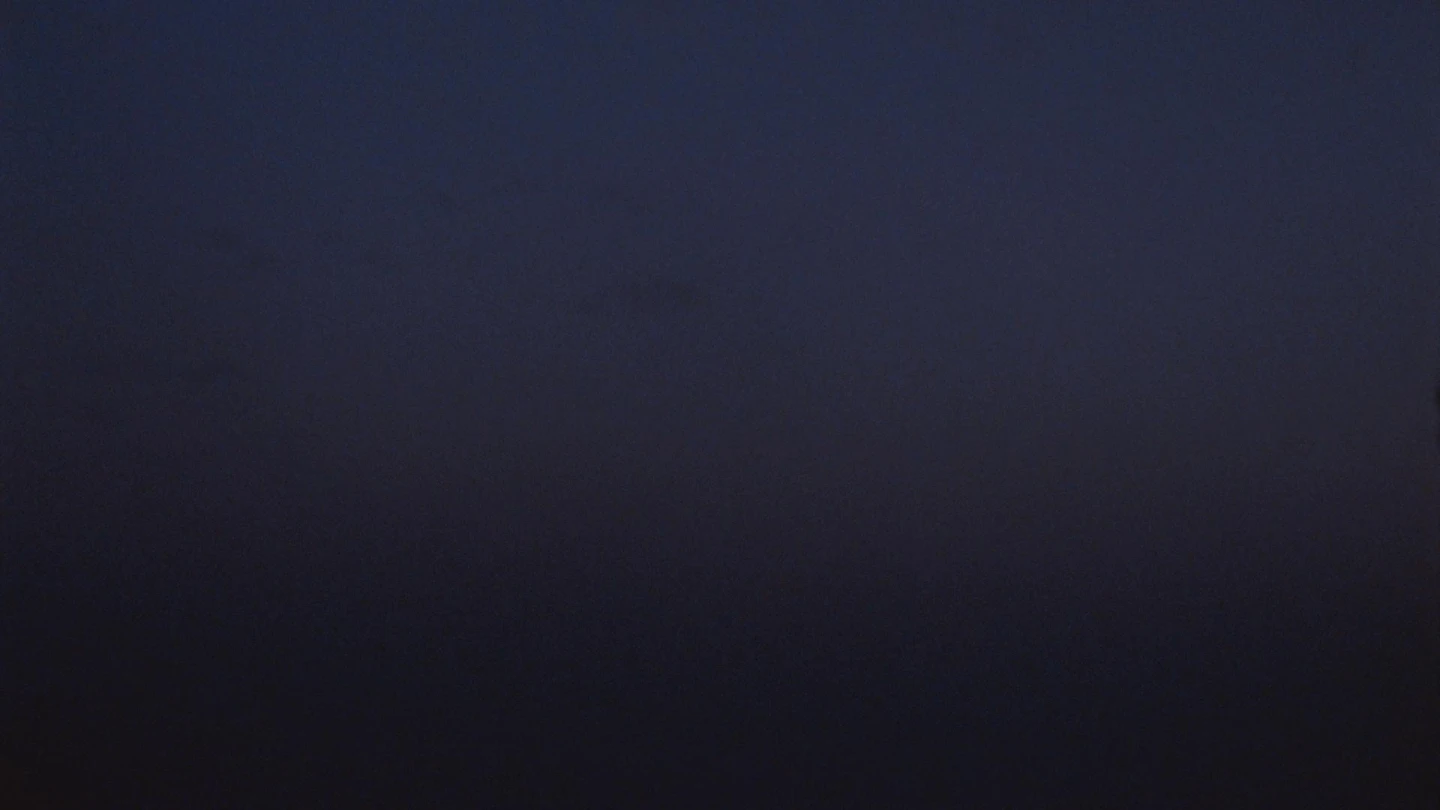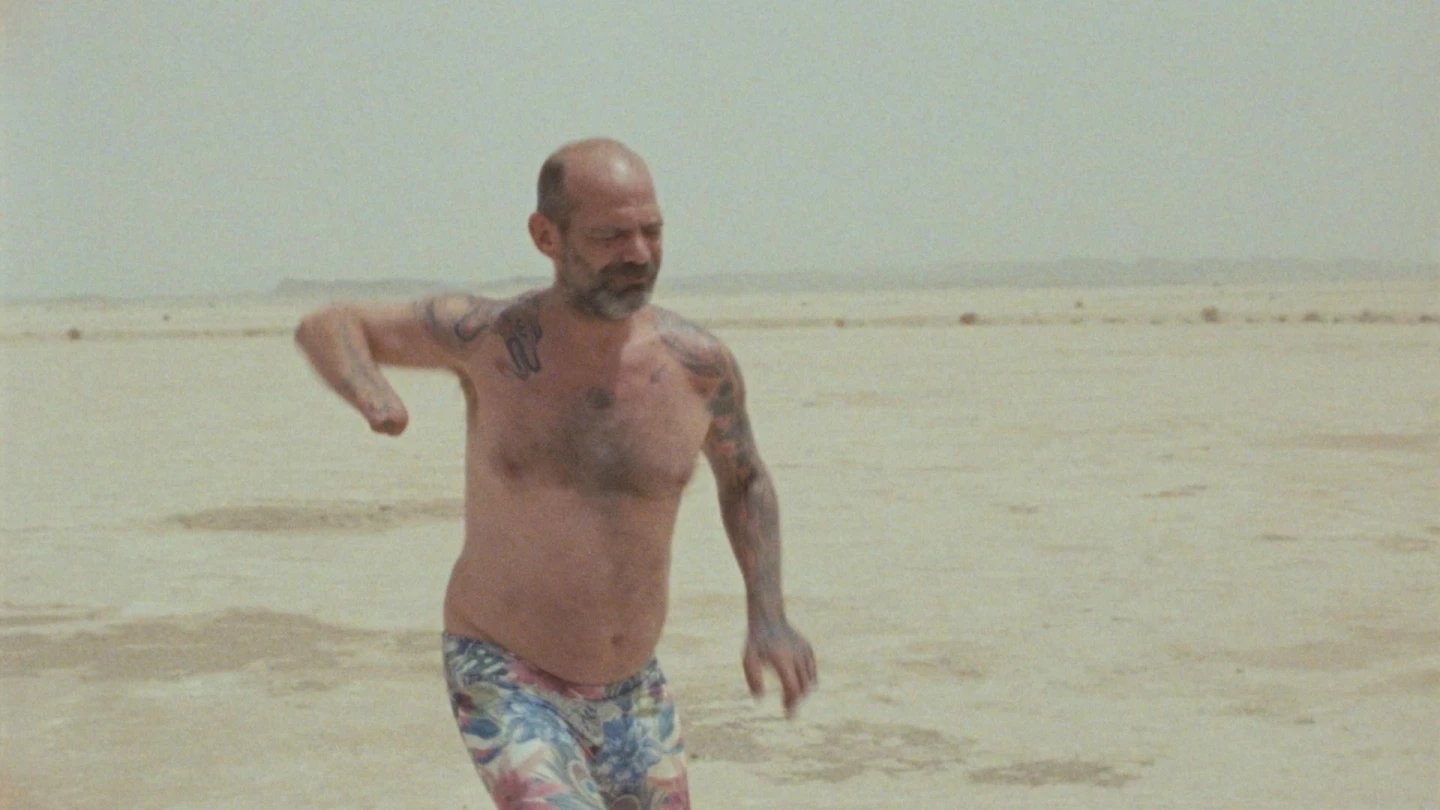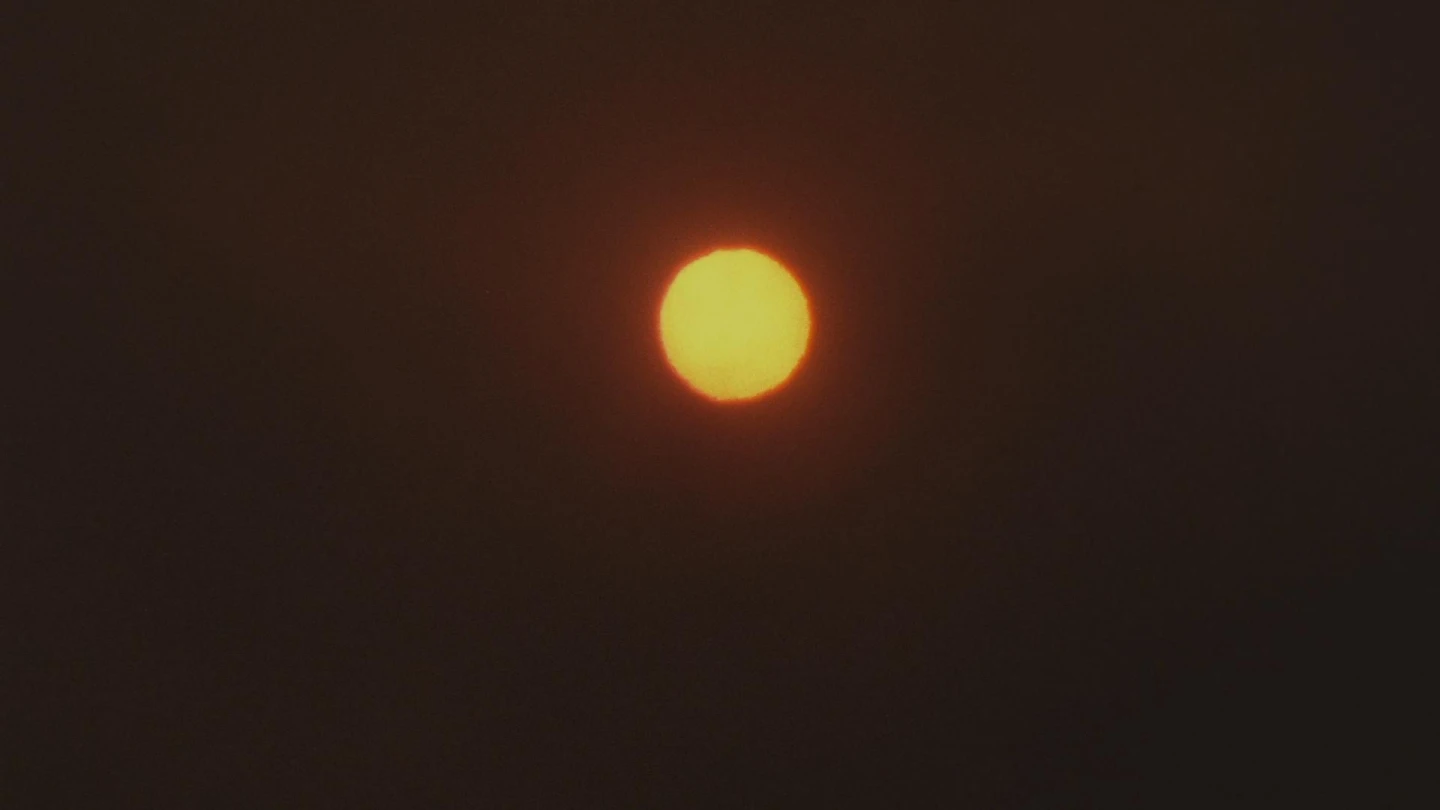Oliver Laxe
HU/هُوَ. Dance as if no one were watching you
HU/هُوَ Dance as if No One Were Watching You is an installation conceived specifically for the Museo Reina Sofía by the Galician filmmaker Oliver Laxe (Paris, 1982). With this work, the museum inaugurates the new programming of Espacio 1, dedicated to projects by artists and filmmakers exploring expanded and exhibition-based forms of cinema. The exhibition will be accompanied by a retrospective program with a carte blanche to Oliver Laxe at the Museum’s Cinema in January 2026.
HU/هُوَ Dance as if No One Were Watching You departs from the research and footage of the film Sirāt (Jury Grand Prix, Cannes 2025). While the Islamic term sirāt refers to the bridge that crosses hell toward paradise, in Arabic HU/هُوَ designates the primordial sonic manifestation of the divine: the first breadth and utterance that inaugurate creation. The subtitle of the installation, Dance as if No One Were Watching You, derives from a verse by Rūmī (1207–1273), the Persian mystic and scholar whose work and practice explored transcendence and the dissolution of the self into the divine through music, dance, prayer, and poetry. In HU/هُوَ we enter a territory shaped by an austere monotheism, where the search for transcendence is achieved through the immanence of the dancing, remembering body, as well as through the presence of the sacred within the natural, architectural, and sonic landscape.
The installation unfolds across the two rooms of Espacio 1. In the first, a pyramid of loudspeakers from the rave milieu appears as a totem, enveloped in darkness. This monolith emits a sustained vibration that, analogous to the preparatory chambers of ancient temples, produces a kind of vibratory ablution before the viewer confronts the image in the main room. There, a three-channel projection introduces a world of desert landscapes governed by the rhythm of an implacable sun, populated by the severe silhouettes of temples and loudspeakers, among which a group of people dance. Filmed by the artist a decade ago in Iran, these Zoroastrian and Islamic architectures recall the concerns of the monk-architects who sought to express sacred geometry through forms and proportions — those places where the threshold between the material world and the subtle world becomes manifest. The music composed by Kangding Ray (David Letellier) reinforces the installation, intensifying the sensorial and material correspondences between cosmology, sound, and rhythm.
Through mist-laden fades and layered superpositions, HU/هُوَ develops a visual grammar that accentuates the spectral condition of the image and its ability to articulate multiple realities. The work also demonstrates a preference for an abstract aesthetic language, both sonic and visual, that addresses an interreligious experience through its formal texture rather than through literal iconography or stabilized narrative structures. For Laxe, the role of the artist in relation to the spiritual lies precisely in this capacity to build bridges — to bind together worlds and experiences that appear disparate — proposing a dissolution into unity that does not preclude the celebration of difference and singularity. Ultimately, Laxe’s cinematic poetics assume an expanded dimension here: the exhibition space intensifies the spiritual grounding of his practice, his contemplative attention, and the reverberation between the natural and the sacred as possible ways of life.
Artists
Oliver Laxe
(Paris, 1982) is a film-maker, screenwriter and actor. To date, he has made four feature-length films, all winning international awards. His debut You Are All Captains, a poetic exercise in film, pedagogy and emancipation, won the FIPRESCI Prize at Cannes in 2010. In 2016, he was awarded the Grand Prix of the Cannes Critics’ Week for Mimosas, shot in the Atlas Mountains. Upon his return to Galicia, he filmed O que arde (Fire Will Come) in the Ancares mountains. The film won the Jury Prize in the Certain Regard Section at the 2019 Cannes Festival, in addition to numerous international honours at the Chicago, Tesalónica, Mar del Plata and Belgrade Film Festivals. Fifteen years after its premiere, his film Sirât, shot in the Sahara, was part of the Official Section at Cannes 2025, winning the Jury Prize.
Curatorship
Julia Morandeira Arrizabalaga and Chema González
Organised by
Museo Reina Sofía
Image gallery



